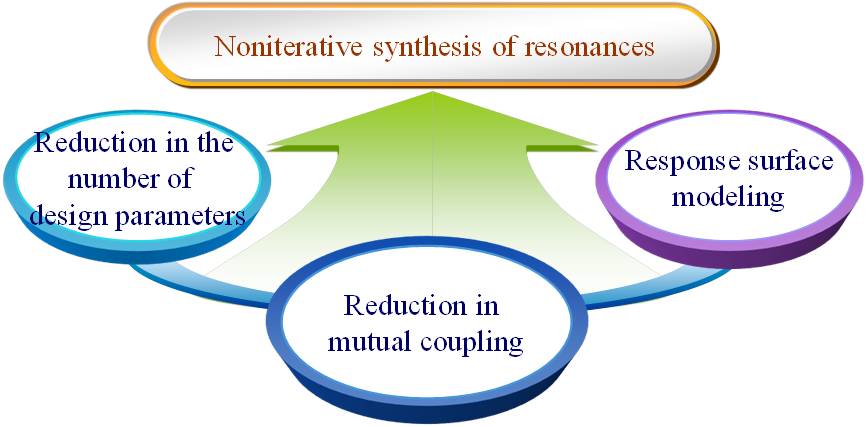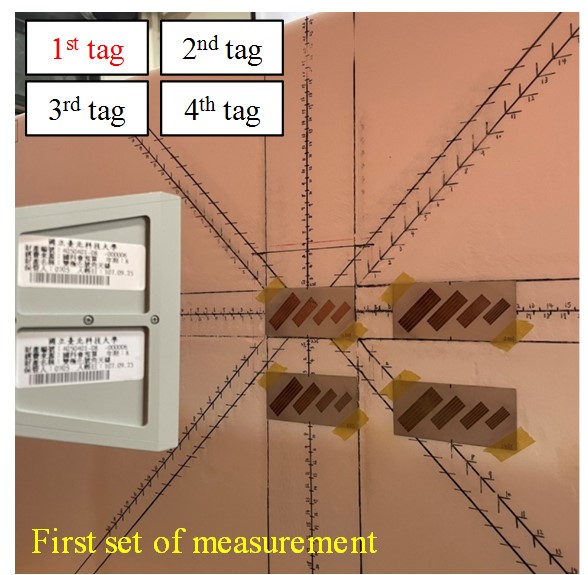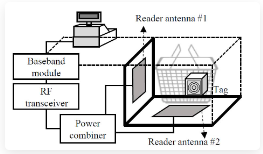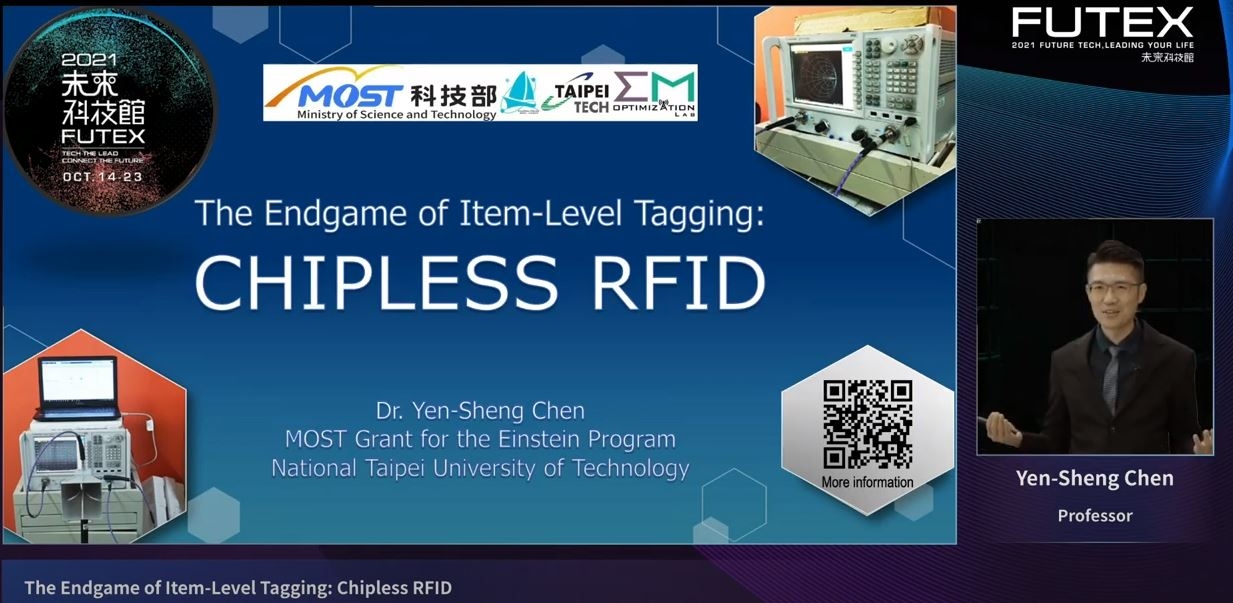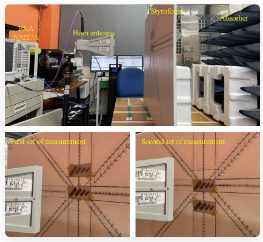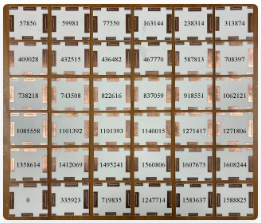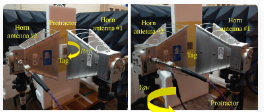Demonstration
-
![Crucial elements for calibration-free and noniterative synthesis of resonances]()
Our journal paper published in IEEE Access, Sept. 2022
J.-W. Hsu, F.-P. Lai, and Y.-S. Chen, “System development of calibration-free 20.7-bit chipless RFID without iterative optimization of tag configurations,” IEEE Access, vol. 10, pp. 94431–94442, 2022.
-
![Photographs of the experiment for separating mixture backscattering signals]()
Our journal paper published in IEEE TAP, Aug. 2022
W.-S. Li, C.-Z. Peng, F.-P. Lai, P.-S. Lai, and Y.-S. Chen, “Independent component analysis for the multi-tag detection of frequency-coded chipless RFID,” IEEE Trans. Antennas Propag., vol. 70, no. 8, pp. 7057–7072, Aug. 2022.
-
![Scenario For Implementing The Proposed Orientation Insensitive]()
Our journal paper published in IEEE TAP, July 2022
Y.-H. Cho, F.-P. Lai, and Y.-S. Chen, “Orientation-insensitive chipless RFID achieved in multiple rotational degrees of freedom,” IEEE Trans. Antennas Propag., vol. 70, no. 7, pp. 5266–5277, Jul. 2022.
-
![Multi Tag Detection Using Multivariate Statistical Analysis For Frequency Coded Chipless RFID]()
A conference paper presented in ISAP 2021
W.-S. Li, K.-C. Liu, F.-P. Lai, and Y.-S. Chen, “Multi-tag detection using multivariate statistical analysis for frequency-coded chipless RFID,” 2021 International Symposium on Antennas and Propagation (ISAP 2021), Taipei, Taiwan, Oct. 2021, pp. 1‒2.
-
![Chipless Radiofrequency Identification Using Pauli Matrix Decomposition In Unlicensed Bands]()
Another conference paper presented in ISAP 2021
F.-P. Lai, H. Chang, and Y.-S. Chen, “Chipless radiofrequency identification using Pauli matrix decomposition in unlicensed bands,” 2021 International Symposium on Antennas and Propagation (ISAP 2021), Taipei, Taiwan, Oct. 2021, pp. 1‒2.
-
![CHIPLESS RFID]()
-
![Demonstration Of Multi Tag Detection Of Chipless RFID]()
Demonstration of multi-tag detection of chipless RFID
Detecting multiple chipless tags that are closely arranged is a challenging process. Previous studies regarding this topic have attempted three frameworks: signal processing, comparisons with database, and Space-division multiple access (SDMA). In this video, we present a new detection technique that integrates signal processing and SDMA. This technique is derived from Independent Component Analysis (ICA), separating blind sources without setting constraints to time difference of arrivals or spectrum arrangement.
-
![Demonstration Of Automatic Topology Generation Of Calibration Free Chipless RFID Tags]()
Demonstration of automatic topology generation of calibration-free chipless RFID tags
We aim at bridging the gap between theoretical high-capacity chipless RFID and real-world applications. When the data capacity is enhanced as high as 30 bits, billions of chipless tags need to be addressed to accommodate each ID. Synthesizing the resonant frequencies of large numbers of tags requires significant time and efforts by performing iterative full-wave simulations. Moreover, when radar cross sections are implemented as a frequency signature, detecting these tags requires an additional run of calibration.
In this video, we demonstrate a new design technique that creates 1.68 million calibration-free chipless tags without performing iterative simulations. The performance is validated through residual plots and the measurement of a 20.7-bit chipless RFID system.
-
![Demonstration Of Orientation Insensitive Chipless RFID]()
-
![Our Journal Paper Published In IEEE TAP, Mar. 2021]()
Our journal paper published in IEEE TAP, Mar. 2021
Jin-An Lin , Jyun-Yi Jhang, Fei-Peng Lai, Bo-Lin Lin, Yi-Min Jhang, and Yen‐Sheng Chen, “Analysis of calibration-free detection techniques for frequency-coded chipless RFID,” IEEE Trans. Antennas Propag., vol. 69, no. 3, pp. 1681–1691, Mar. 2021.



